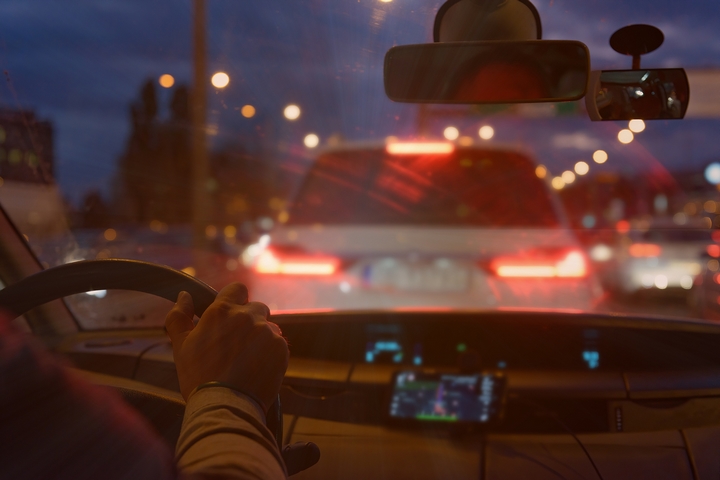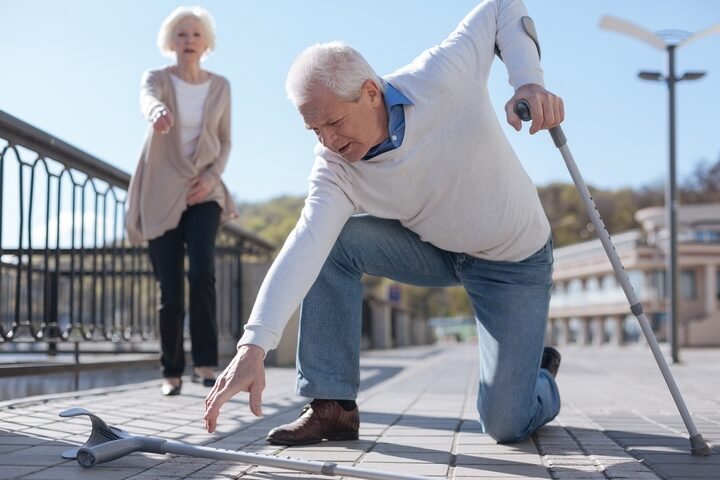For some, driving at night is a relaxing endeavour: the streets are empty, there is less stress, and the roads offer a surprisingly calm environment. For others, it can be a stressful experience: you are trying to stay awake, it seems like cops are extra vigilant, and wildlife spring out of nowhere. What camp are you in?
Everyone’s driving habits and abilities are different. That said, you will inevitably need to grab the keys and hop in your car to run an errand or do something for work when the sun goes down. If so, you need to be ready for the different challenges that arise from being a motorist at night. From driving slow to putting on your headlights, be sure safety is your top priority.
Whatever the case, there will always be instances when you need to drive at night. No matter how seasoned or inexperienced you may be, driving after dark provides a far greater experience than driving in the middle of the day. So, how can you prepare to drive when the sun goes down?
Here are eight driving at night tips for evening drivers:
Tip #1: Angle Your Headlights the Right Way
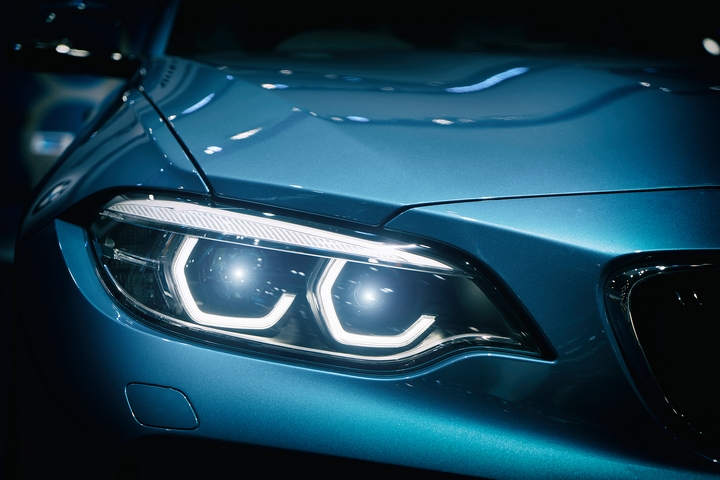
Your headlights are going to play a major role in all driving at night tips. Your headlights need to be high-quality when you are driving at night. But it is important to utilise them correctly – and this goes beyond merely turning them on.
First, you need to find a perfect balance for your headlights: You do not want to tilt your headlights down too much, but you also do not want to tilt them too high. The solution? Find the right headlight angle when you perform an inspection test.
Second, use high beams when it is appropriate to do so. Typically, use them when you are in a rural area and dim your high beams when you are within 500 feet of an oncoming car.
Tip #2: Turn on Your Taillights
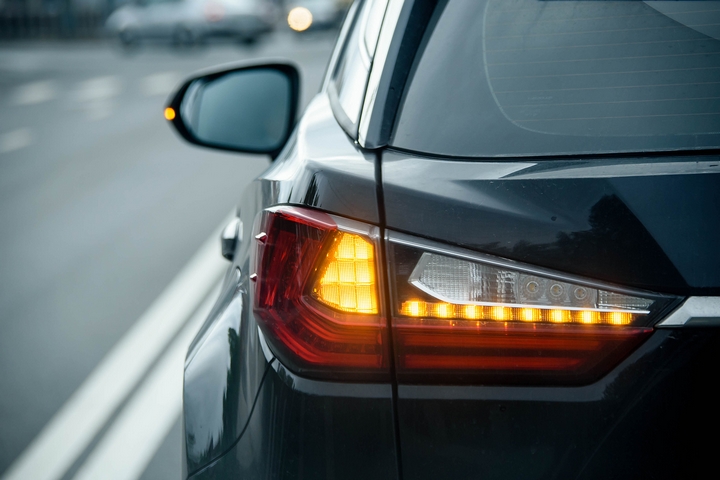
Taillights might not seem important when it is a sunny day in the middle of the summer. However, when it is one of those frigid and dark wintry days, your taillights are critical to being seen to avoid a collision from behind. If you find that your taillights are too dim or malfunctioning, change the bulb.
Tip #3: Remain Extra Defensive
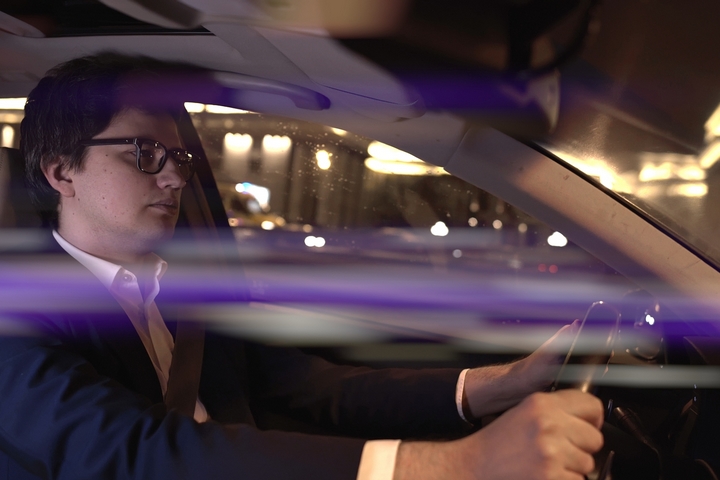
Driving at night poses one of the biggest risks. Studies have found that many fatal crashes take place after dark. So, if you need to drive when it is dark outside, be sure to remain extra defensive. But how do you even achieve this? Here are some tips
- Pay attention to your surroundings at all times.
- Eliminate any distractions in your car.
- Keep your speed at a minimum.
- Ensure you are at a proper distance from other motorists.
Tip #4: Stay Awake and Be Energetic
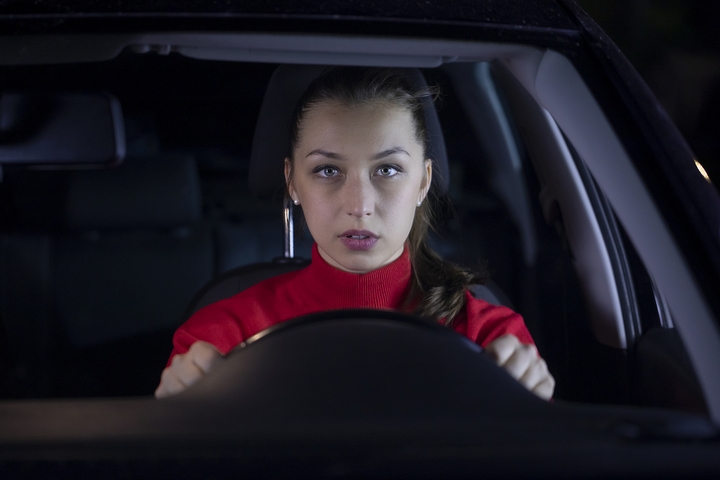
We get it. It is ten o’clock at night, you are tired, and you feel like you are in a hypnotic trance traveling forward. Indeed, once you yawn behind the wheel, it might be time to reconsider your nighttime joy ride. Ultimately, you need to stay awake and be energetic, which can be hard to accomplish.
So, what can you do? Here are a few suggestions:
- Play loud and energetic music.
- Drink plenty of coffee or other caffeine.
- Turn on your Bluetooth and talk to somebody.
- Get out of your vehicle and stretch your body and get some air.
Tip #5: Avoid Two-Lane Highways
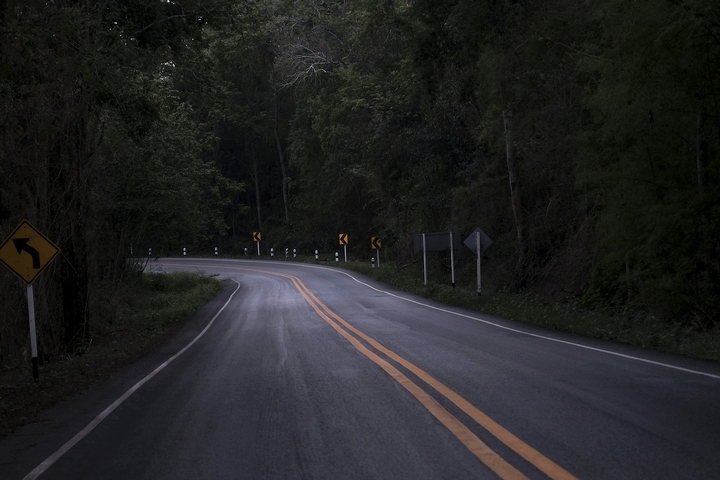
Experts recommend that avoiding two-lane highways can be one of the best measures you can employ when driving your vehicle at night. Why? Two-lane highways are usually the worst-case scenario for nighttime collisions due to oncoming cars’ headlights and lower overall light. Also, they do require more seasoned driving since they possess more sharp curves and hills.
In the end, try to take a safer route.
Tip #6: Adjust Your Interior Lighting
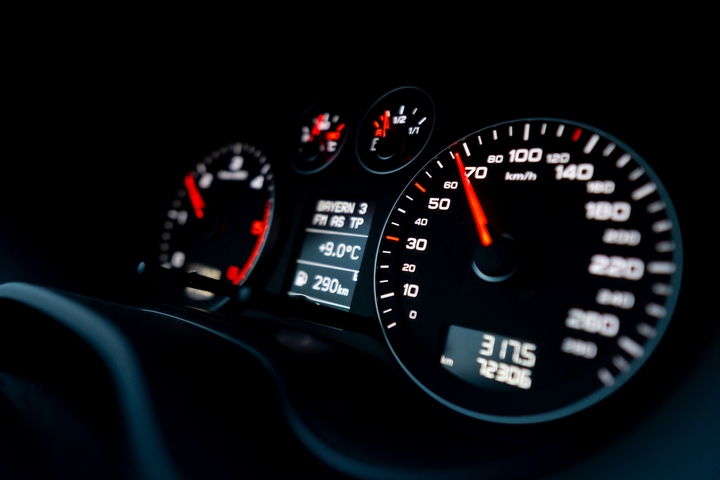
Can interior lighting really impact driving at night? Yes, it can. If your dashboard lights are too bright, for example, you may find it disorienting when you glance from the dashboard to the dark road ahead.
The simplest solution is to dim the interior lights at night and use your visors at night to protect you from outdoor street lighting and glare.
Tip #7: Slow Down
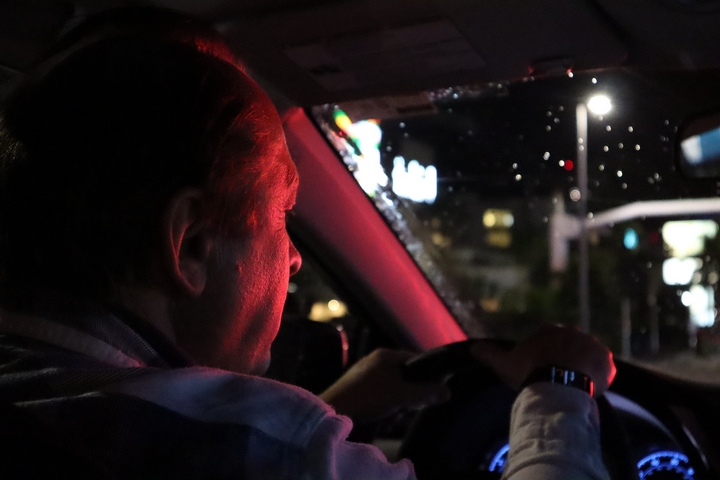
This does not need any further explanation: Slow down.
Sure, the roads are emptier, and police presence is minimal. That does not give you an excuse to drive over the speed limit. In fact, it is better that you drive below the speed limit to maximise safety. From wildlife to mishaps, anything could happen when you are driving after dark. So, slow down!
Tip #8: Maintain Zero Alcohol or Drug Level

Once again, does this need any additional explanation? Do not maintain any alcohol or drug level in your body when you are driving – day or night. Even the slightest impairment can affect your driving abilities. Plus, since most jurisdictions have zero-tolerance laws, you could face a massive fine or imprisonment if the police detect any level of alcohol, marijuana, or any other kind of substance.

